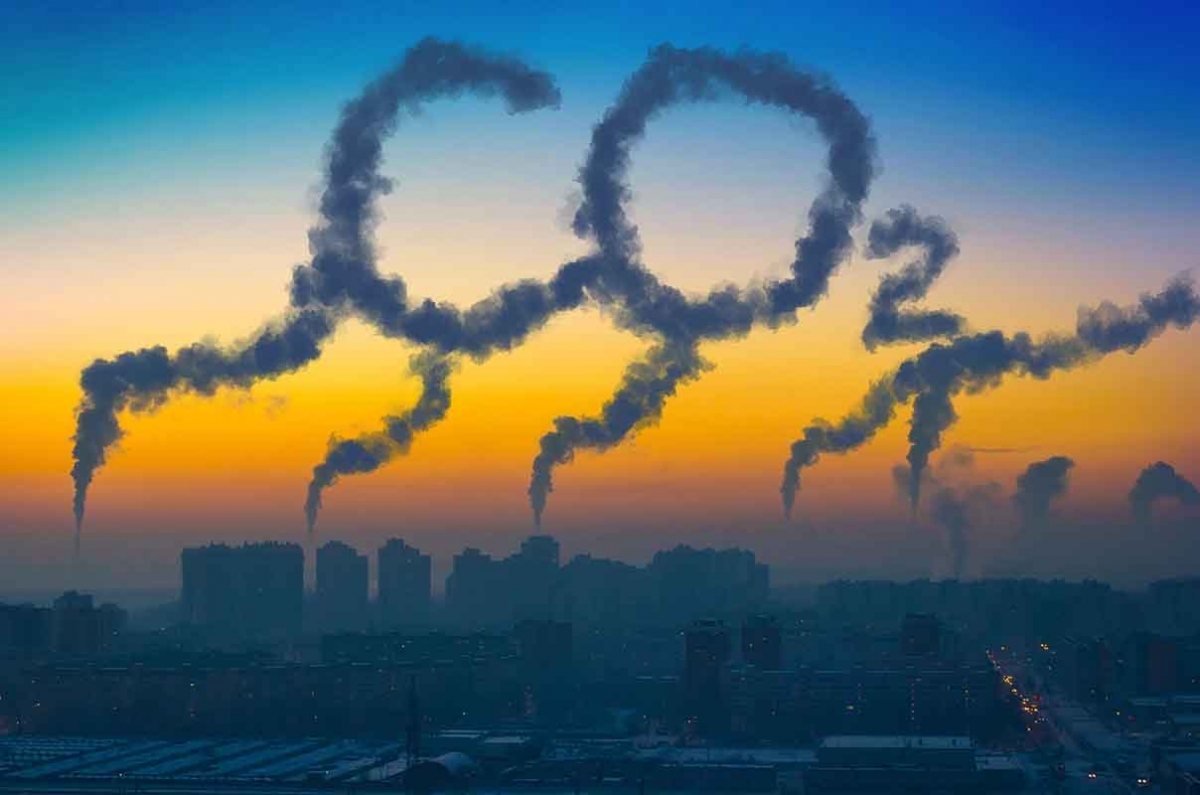
Aegex Ecosystem Revolutionizes the way Oil and Gas Industry Tackles Carbon Emissions
Human-made carbon emissions are having a detrimental effect on the environment and, as such, have become one of the largest global environmental concerns. While CO2 is receiving much of the coverage when discussing environmental impact and climate change, methane emissions are far more impactful.
Approximately 24% of methane emissions result from a single source: leaking methane from oil and gas production. Despite being one of the largest sources of methane emissions, industry efforts to address the single most significant impact on anthropogenic carbon emissions are hindered by the random nature of methane emissions. The frequency and labor cost of monitoring rounds, the high cost of equipment and installation, and inefficient repair workflows all add to the difficulty of addressing the issue.
The good news is that the oil and gas industry can do much more to change this now. Aegex Technologies has developed a suite of intrinsically safe products consisting of NexVu IoT sensors for hazardous locations (currently in certification), the aegex 10 tablet, and the Microsoft Azure cloud. Together, this solution enables organizations to monitor methane emissions as well as other variables that contribute to operational integrity, efficiency, and productivity.
Leak Detection and Repair
Good for the Bottom Line, Good for the Environment
Employing novel intrinsically safe technology to manage and maintain industrial facilities effectively is not only good for the business; it’s good for the environment. For example, IEA estimates 45% of the methane emitted today is preventable by implementing no net cost measures. One of the most cost-effective mitigation approaches being Leak Detection And Repair (LDAR) to detect and mitigate fugitive methane leaks.
Methane leaks occur at various stages of the oil and gas industry supply chain, including extraction, processing, and transportation. As satellite observations reveal, significant leaks can release large amounts of methane within short periods. Caused by a host of factors varying from faulty equipment maintenance to rapid changes in weather conditions or line pressure, leaks could be relatively easy to address with prompt identification of the leak source.
The United Nations Environment Programme (UNEP) estimates that preventing gas leakage during transmission and distribution could reduce emissions from the oil and gas industry by more than 65%.
Aegex NexVu: A Low-Cost Detection and Reporting Tool to Monitor Facilities
The Aegex NexVu Solution is now in certification. It provides an IoT solution based on interconnected digital devices, analytics, and cloud computing to transform how the oil and gas industry can address its carbon footprint.NexVu is a modular array of up to 16 parallel sensors that can monitor for fugitive emissions and physical and environmental conditions that can potentially lead to future problems. A wireless and battery-operated system designed to deploy at low cost, now variables including pump vibration, line pressure, and emissions monitoring can all deploy, yielding robust operational data while ensuring potential hydrocarbon losses are mitigated.
Leak detection is, of course, the first half of the equation. The NexVu solution also includes a complete workflow field management application and an open API to other process control systems, asset management systems, and field operations systems. These tools ensure the communication of critical conditions to the right resources for corrective actions. The result is a safer and more productive operating environment.
Relevant notifications are sent to the field staff connected to the platform, and sensors automatically trigger live data alerts if any of the readings are outside of the normal range or any other anomaly is detected. Predictive analytics allow identifying maintenance issues before they become problems as data-driven algorithms learn and anticipate, enabling detection of potential equipment or component failures, including accidental gas leakages.
Methane Even More Detrimental Than Carbon Dioxide
After carbon dioxide (CO2), methane is the second-largest contributor to human-caused global warming today, so reducing methane emissions is critical to avoid the worst effects of climate change. Studies show that methane is a much more potent greenhouse gas (GHG) than CO2 and represents the largest single component of the indirect greenhouse emissions. According to The Climate and Clean Air Coalition, methane is a potent short-lived climate pollutant. Its global warming potential is 84 times that of carbon dioxide (CO2) over a 20-year timeframe; hence it has a significant impact on climate change in the near-term.
Revolutionize the way Hazardous Environments are Maintained
In oil and gas systems, CO2 and methane emissions result from normal operations and system disruptions such as accidental leakages. Until recently, these emissions were hindering efforts to curb GHG’s effect on climate change. Emissions can now be reduced in a cost-efficient way by improving operations and employing innovative intrinsically safe technologies such as Aegex IoT-based digital solutions. Combining an integrated digital platform that leverages intrinsically safe remote sensors, tablets, and cloud capabilities connected to service and repair field crews, will reduce carbon emissions and how hazardous environments are maintained safely for people, equipment, and the environment.
